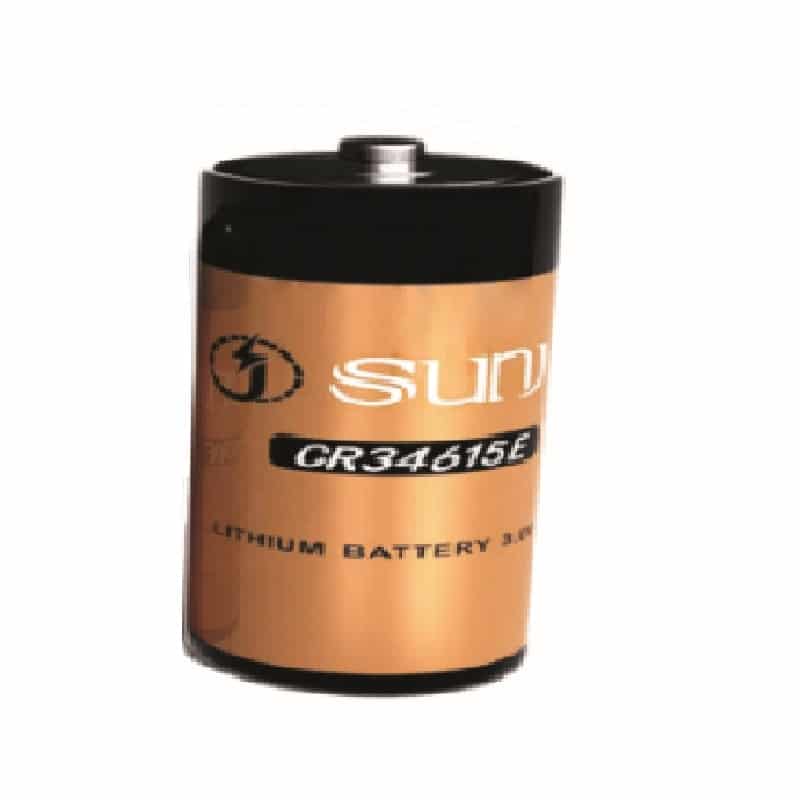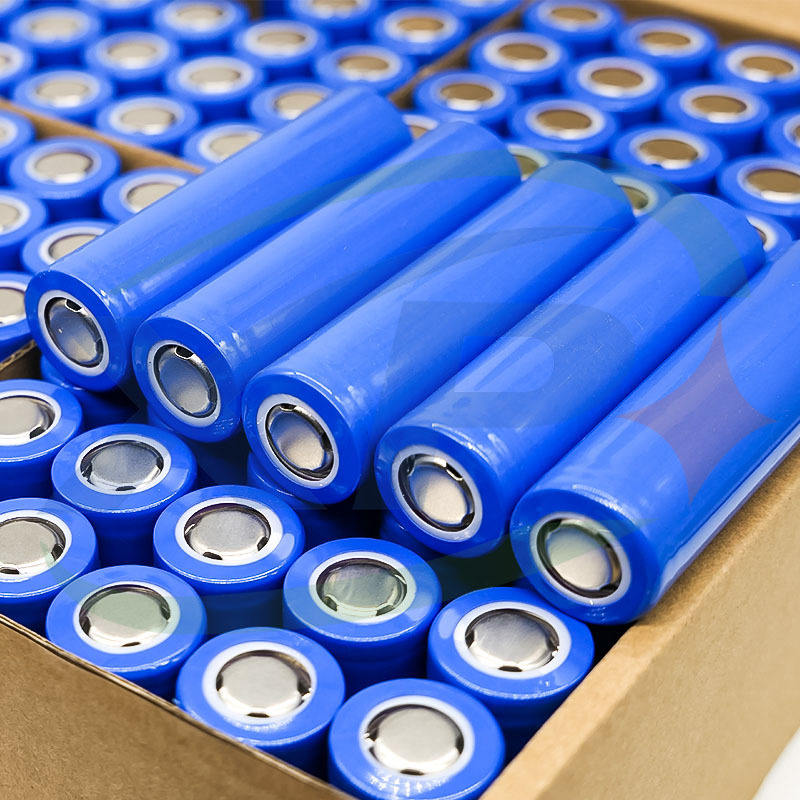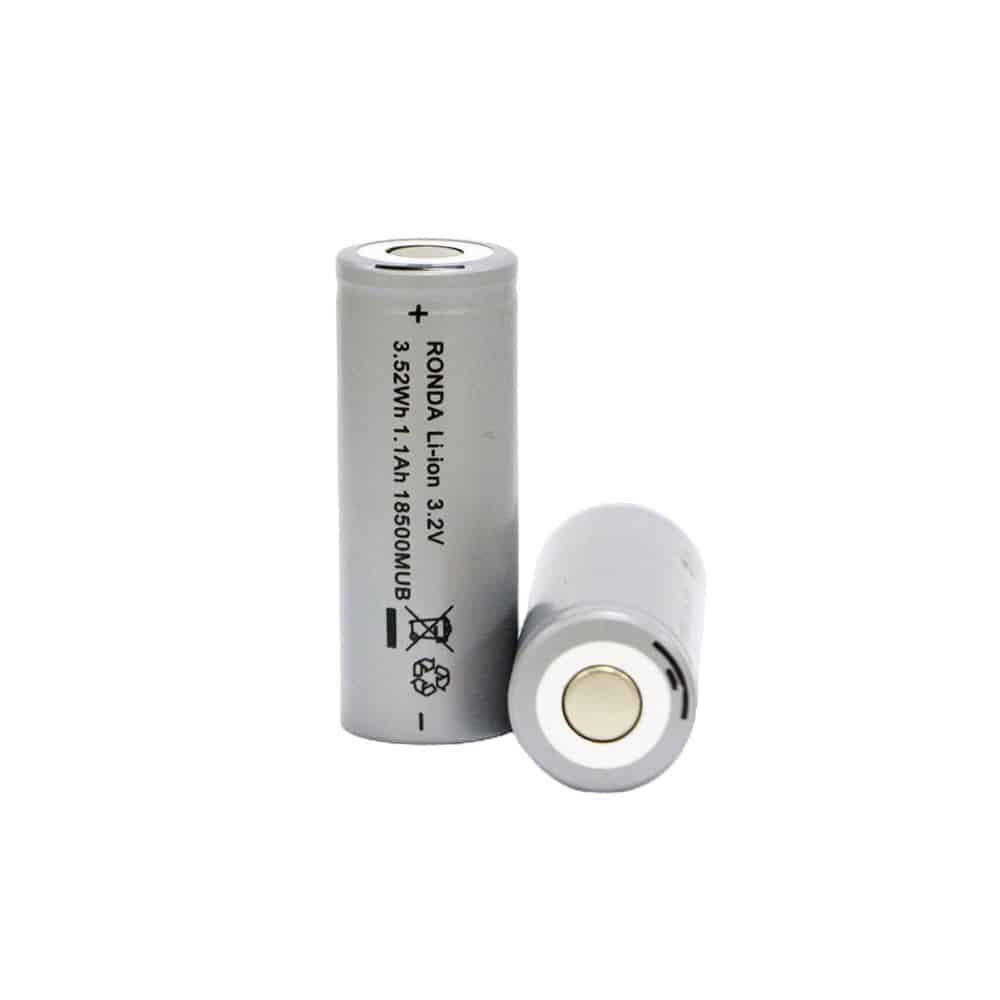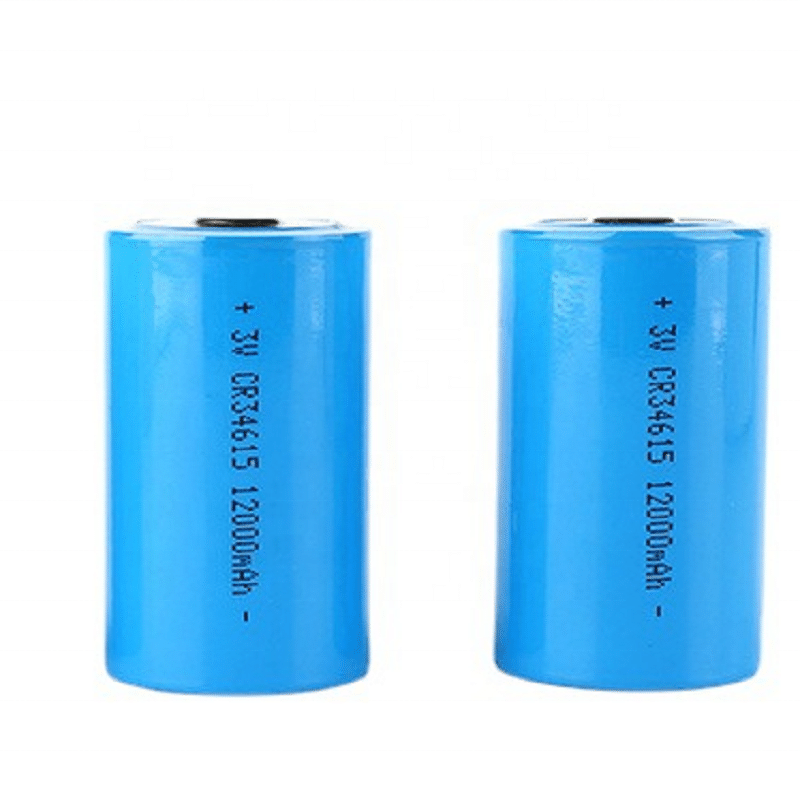Lithium ion battery process – coating
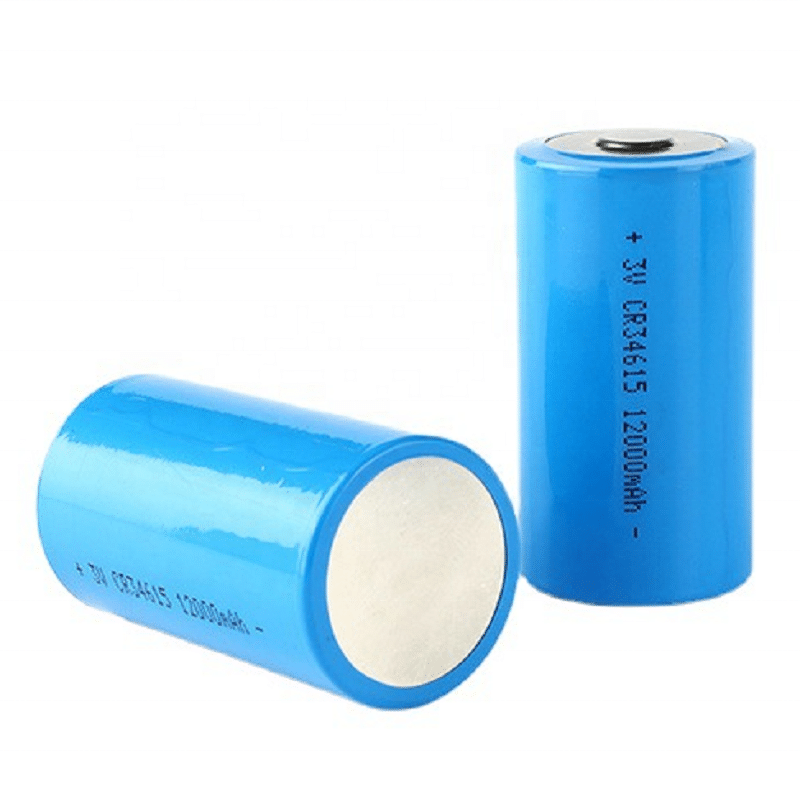
1、 Coating process
Coating process is a process based on the study of fluid properties, which involves coating one or more layers of liquid onto a substrate, usually a flexible film or backing paper. The coated liquid coating is then dried or cured in an oven to form a special functional film layer. The main methods of coating lithium-ion battery electrodes currently include comma roller transfer coating and slit extrusion coating.
2、 The purpose of the coating process
The coating process involves evenly applying the positive and negative electrode slurry onto the substrate. Coating can be divided into positive and negative electrode pre coating coating and positive and negative electrode slurry coating.
Pre coating coating: Apply the pre coating slurry evenly onto the foil. Generally, a transfer coating machine is used to achieve low viscosity slurry, and a thinner coating method is used, with a thickness of 2-3 μ M
Paste coating: The purpose is to evenly apply the positive and negative electrode paste onto the foil. By using an extrusion coating machine, high viscosity slurry is uniformly applied to the foil with a certain thickness.
3、 Precautions for coating process:
1. Appearance
No particles, precipitates, impurities, bubbles, etc
The surface of the electrode is free from scratches, material shedding, and warping. Phenomena such as exposed foil
2. Copper, aluminum foil
Uniform thickness, without scratches or wrinkles
3. Viscoelasticity of coating solution
If the solution is extruded from the lip of the coating head with a large shear force or applied at a faster speed, the solution will shrink under pressure release after coating, ultimately leading to the formation of vertical stripes. Even in severe cases, the retraction of the solution can cause wrinkles and curls in the membrane.
4、 Common problems with coating process
(1) “Gel” defect
The gel is mainly formed during the preparation of glue, and some polymer particles are not dissolved in the solvent.
Solution: Premix the solvent and polymer. The two-component solvent is sometimes conducive to the dissolution of the polymer. The addition order of each component in the glue preparation phase must be strictly observed. Optimizing the temperature curve of the reaction is also the key to controlling gel.
(2) Defects in surface tension
The properties of various surfaces/interfaces between solid substrates and coating liquids.
a. Reasons for orange peel phenomenon
The solvent in the coating solution evaporates, resulting in temperature differences in different areas. At the same time, there is a concentration difference in solvent content between the surface and bottom layers of the solution due to different volatilization rates. The drying rate of the oven is too fast, or the hot air speed of the oven is too fast.
b. Reasons for thick edges
After coating, due to the faster rate of solvent evaporation at the edge of the coating solution compared to the internal area, the coating solution in the low surface tension zone flows towards the edge and accumulates, resulting in the phenomenon of the edge being too thick.
c. Pinhole and crater defects
During the coating process, if pollutants and dust are added, they will form defects like volcanic craters. If pinhole like defects have been formed on the substrate before coating.
d. Regular vertical stripe defect
The unstable force of the coating liquid at different positions has caused this defect.
Solution: Adjust the process parameters. Dilute your coating solution to reduce its viscosity. Add some surfactants.
e. Regular horizontal stripe defect
The reason for the pump. Select a gear pump without pulses. If there is no pump without pulses, a buffering device can be installed on the pump to minimize pulses as much as possible.
The vibration interference of the coating equipment caused this defect.

